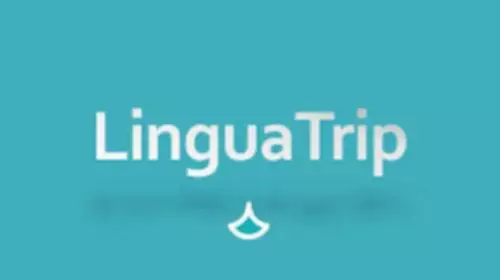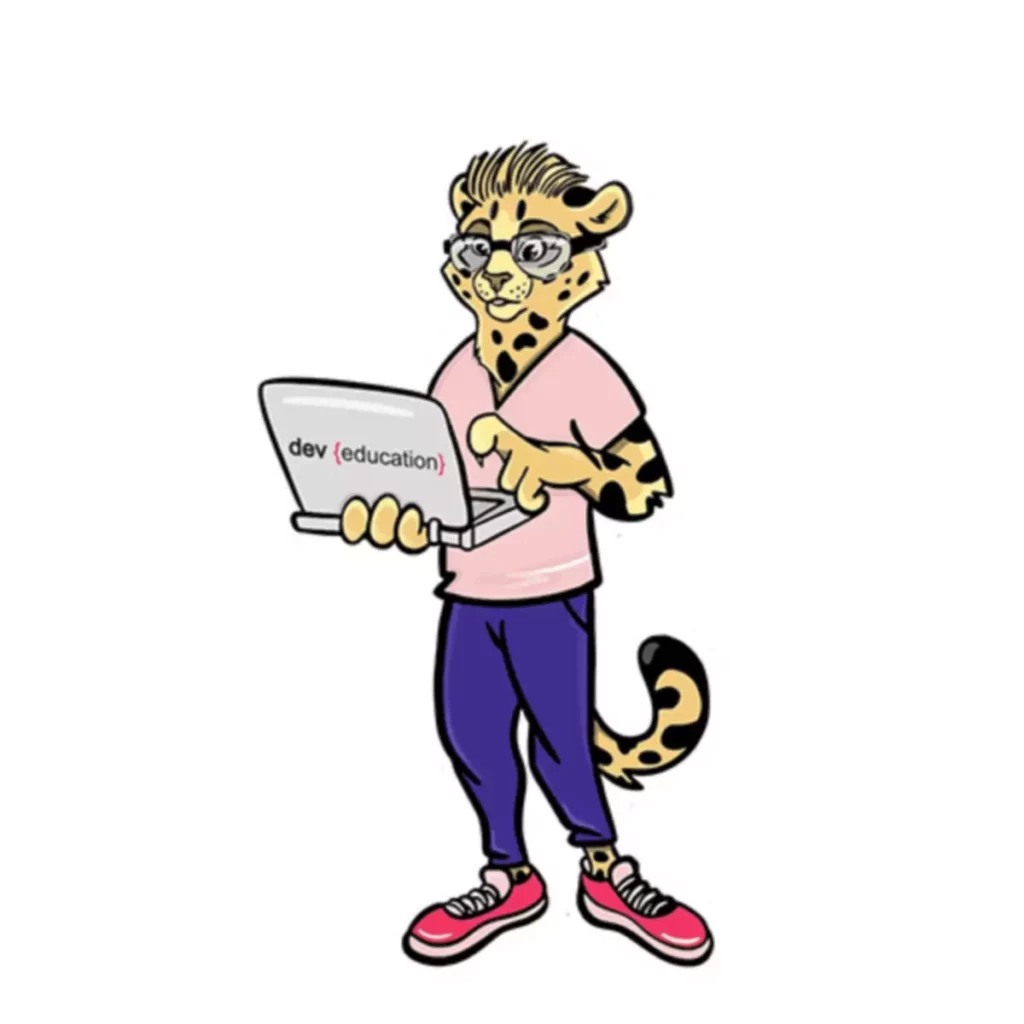Raster Vs Vector Pictures: Whats The Difference?
When enlargement of images is performed without change of pixels, it appears blurry. If you add more pixels to the picture the picture turns into random and produces not often wonderful results. Sure, raster graphics can be converted into vector graphics with the help of particular software program, corresponding to Adobe Illustrator. Keep in mind that the accuracy of a transformed picture strongly is dependent upon the quality of the unique raster graphic. Excessive decision with clear, clear strains works greatest.On the other hand, converting a vector image to a raster graphic is type of easy and could be accomplished in virtually all graphic programs.

But they won’t be the best option for more complex, multi-colored graphics like a realistic photograph. Color blends could be created in vector programs but they are really raster results so this picture is NOT one hundred pc vector. The raster effects will present up as rectangle or square “boxes” when the graphic is imported into specialty software program.
What’s Geospatial Data?
If ease of editing, small file dimension, or typography is extra necessary, then a vector picture might be the preferred format. The primary distinction between raster and vector files is how they store data. Vector photographs use mathematical formula to outline shapes, permitting them to scale infinitely without shedding high quality. As An Alternative of relying on hundreds of thousands of tiny of pixels per inch, vector graphics use mathematical formulation to outline shapes, traces, and curves. Imagine them like digital blueprints the place each factor is precisely outlined.
Pros And Cons Of Raster Graphics And Vector Images

There comes a second in every graphic designer’s life whenever you first encounter the term vector graphic.. It’s normally preceded or adopted by another unfamiliar (and alarmingly mathematical-sounding) term – raster graphic. They must be transformed into a rasterized format like .jpeg or .png–consequently, shedding all the advantages of vector format. With vector graphics, you don’t need to fret about pixilation when zooming in. This is because of the mathematical equations that element the place the sides of the shapes lie, so they can be zoomed infinitely with no degradation in high quality.
A PDF is a flexible format that can embody each vector and raster parts. Vector information, on the other hand, use mathematical paths to create sharp, scalable images. That’s why vector information are good for things like logos, graphics, and detailed designs. A vector image or graphic is defined and created on a airplane by connecting strains and curves. You can see clear strains, factors, and curve when you zoom in on the picture.
No Loss In Decision

Additionally, changing Raster to Vector is unnecessary as the printed photographs or photos captured with a digital digicam are in Raster format. Raster photographs and elements—JPG, BMP, PNG, and similar raster and vector graphics picture formats—in a PDF can be a problem. Not Like the vector parts, these will pixelate and look blurry when scaled up. The easiest approach to check your PDF for raster images is to zoom in. A raster graphic image, however, will get blurry (or pixelated) on rising its unique file size.
- AMD and Intel have adopted suit with their very own hardware ray tracing solutions, though NVIDIA maintains a technological edge in implementation effectivity.
- This now removes detail from the picture and creates a “blurry or pixelated” last product.
- If you want to learn more about similarities, differences, professionals and cons of vector and raster knowledge in mapping, make certain to check our Raster vs Vector Map tiles information.
- This is the reason that they can’t be used in totally different projects.
- Now that you understand the difference between vector and raster graphics, we are positive that you may discover it easier to decide which format to choose for any of your initiatives.
- If you see the vector editing nodes, you’ve confirmed that it’s a vector graphic.
You can at all times scale down a Raster picture to maintain its quality. If you look intently at a scalar picture you will notice many equally sized squares. Geoapify provides a suite of geospatial APIs that allow customers to question, process, and retrieve location-based knowledge efficiently. Whether Or Not you want handle geocoding, routing, administrative boundaries, or place search, our APIs provide a seamless method to access geospatial info for varied functions. Understanding these types is essential for effective mapping, analysis, and decision-making. Explore Geoapify to discover tools that remodel geospatial knowledge into actionable insights.
This makes them suitable for transmission, additionally they carry lots of knowledge in small file sizes. Hybrid rendering approaches mix both strategies to stability efficiency and visible quality. Many modern video games use rasterization for many parts while making use of ray tracing selectively for reflections, shadows, and lighting effects. While extra computationally intensive than rasterization, ray tracing produces photorealistic pictures with natural-looking illumination. Latest hardware advances have made real-time ray tracing increasingly feasible in client purposes.
Raster pictures are compatible with all recognizable and in style software program. This makes them appropriate for mass use in multipurpose initiatives. Most of the photographs that you simply see on the web are Raster images. When you create an image by Raster packages the file types might be .png, .jpg, .gif, .tif, .bmp, .pdf, and .esp. Vector pictures are solely appropriate with Adobe Illustrator, CorelDraw, and InkScape. This makes them inconvenient for mass use in multipurpose tasks.
Hybrid Rendering: One Of The Best Of Both Worlds
Vectors are normally used to design graphics using easy and strong colours. To convert raster graphics to vector graphics, you’ll want to use what Adobe Illustrator calls Picture Hint. As A Outcome Of it is made from pixels, you can’t scale a raster graphic infinitely the means in which you presumably can a vector graphic. The maximum dimension and total clarity of the picture goes to rely upon what quantity of pixels it’s manufactured from (aka it’s resolution).
Rasterization’s complexity increases linearly with the variety of triangles in a scene. This predictable scaling makes it ideal for real-time functions. For complicated results like reflections, rasterization relies on approximations. Techniques such as setting mapping use pre-rendered textures to simulate reflective surfaces. Shadow mapping creates depth maps from mild sources to find out shadowed areas. Movie and animation studios closely rely on ray tracing for final renders.
You can take the picture beneath as a reference to decide what will work higher together with your project. By successfully https://deveducation.com/ leveraging both kinds of geospatial data, industries can enhance spatial analysis, improve decision-making, and higher plan for the future. Modern GIS and mapping platforms integrate both static and dynamic data for complete solutions. Dynamic information is broadly utilized in purposes that require up-to-date data, similar to disaster response, good city solutions, and autonomous car navigation. Geospatial information could be classified based on how it changes over time. Whereas static knowledge remains principally unchanged, dynamic knowledge evolves due to real-time updates, seasonal shifts, or historical tendencies.
On the other hand, designs that should be totally vector-based can become problematic once they contain raster knowledge. Whereas you will want a raster version of a brand for digital spaces, logos have to be infinitely scalable and editable for the various other areas they’ll inhabit. This necessitates a vector source file since pixels cannot be scaled or altered as simply. When a emblem is designed with any raster knowledge, changing it to vector can be tough and sometimes impossible (see next section).



